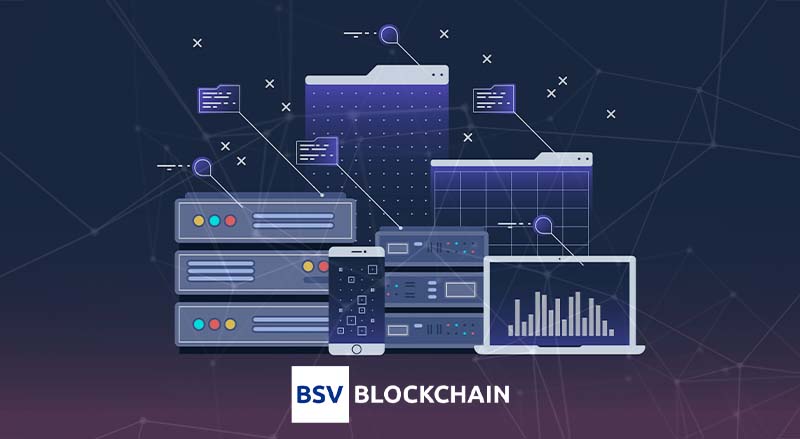In February 2022, Jimmy Nguyen, Founding President of The BSV Blockchain Association gave a compelling presentation about the value of data at the Blockchain for Saudi Vision 2030.
After the audience on a journey of recording and storing data throughout history, Jimmy delved into the problems that contemporary data management systems face before illustrating where blockchain fits in.
We invite you to watch the presentation or read the transcript below.
The pain points of data management systems that blockchain addresses
Blockchain is the technology system that answers the problems that contemporary data management systems face:
- Intermediaries leading to inefficiencies
- Data silos across an industry’s value chain
- Private databases are not publicly accessible or verifiable
- A lack of a native way to transmit payment
- No easy way for consumers to own or monetise their data
Where did blockchain begin?
It all began with the introduction of Bitcoin, the original blockchain presented to the world. The solution Satoshi Nakamoto proposed in the Bitcoin white paper posted in 2008 used blockchain technology as the foundation for a peer-to-peer electronic cash system.
While Internet payments historically required a payment processor, the white paper discusses Bitcoin as a solution to create a more efficient payment system with fewer or no intermediaries. This allows the system to process small, casual transactions, meaning you should be able to send as little as $0.00005 to somebody else across the Internet as you do not have to pay a credit card processing fee.
That is the vision behind the BSV blockchain, and it delivered on that vision by creating the concept of what we now know as blockchain technology.
What is ‘blockchain’?
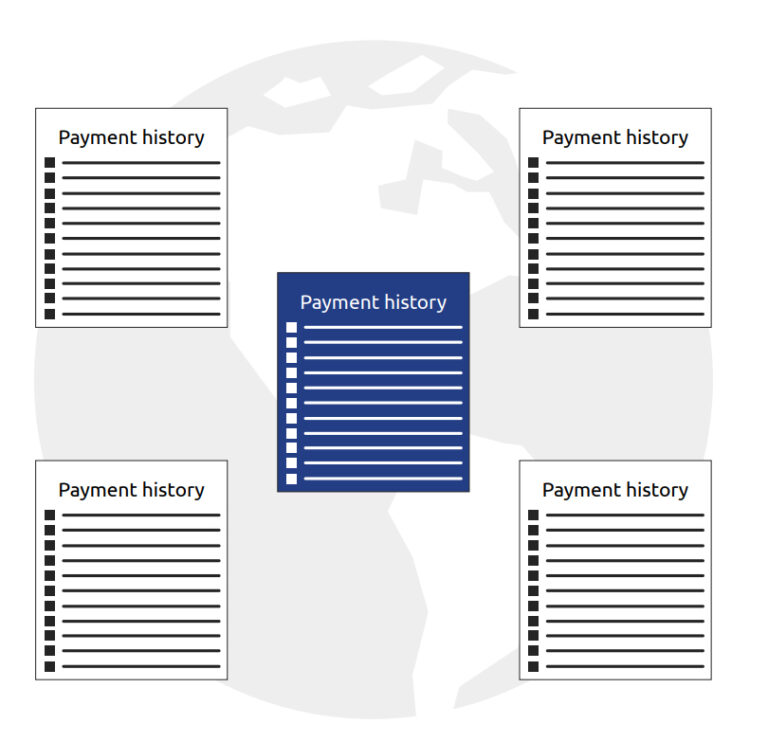
A blockchain is simply a ledger – a digital record-keeping system. But instead of one person or one company keeping the record of transactions which you must trust, this record is maintained across a distributed network of computers, meaning there are multiple copies of the ledger to record the payment transactions.

Here is the critical part: the ledger does not only record payments. Other forms of data can be recorded and embedded into the blockchain, just as it records the passing of control of currency from one person to another through a string of data transactions.
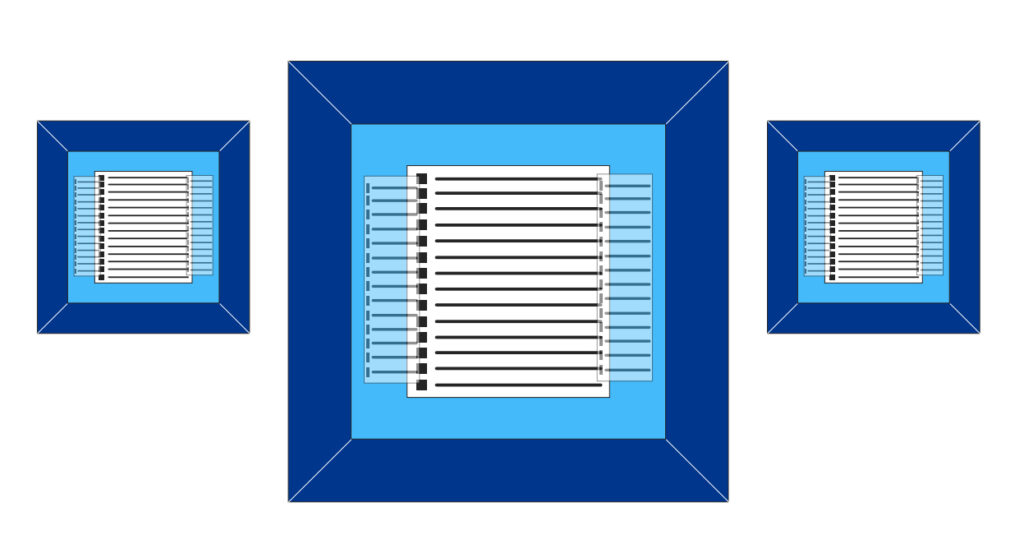
Those transactions are collected into blocks, and these blocks are linked over time. Interestingly, the Bitcoin white paper did not even use the word blockchain – it called this a distributed timestamp server.
Why is that important?
It is important because what the ledger or record-keeping system does is stamp the date and time at which information is entered into the records.

This means that as everyone sees the information entered into the ledger, it is difficult to change it. And if it is changed, the dishonesty is publicly displayed.
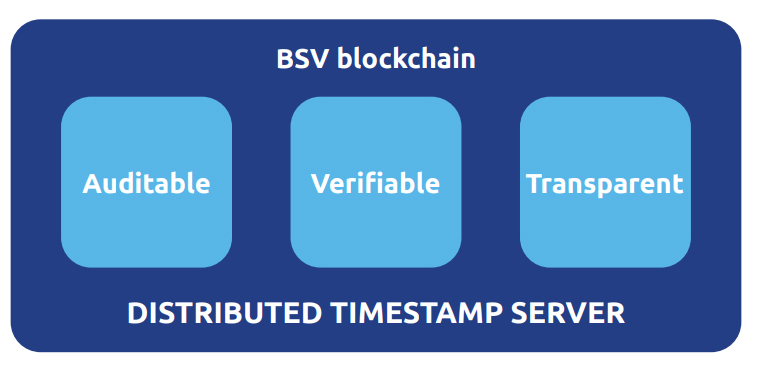
As the BSV blockchain ledger is public, the information on it is auditable, verifiable and transparent. This is key to understanding how blockchain can create a better world with more honesty. If the world’s information and records are accessible to everyone, it keeps everyone more honest.
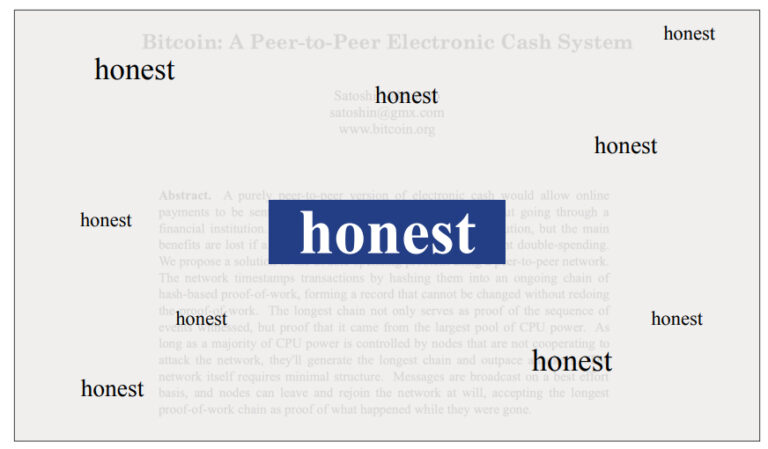
The white paper uses the word ‘honest’ 15 times, which is ironic, because many people now associate Bitcoin with criminal or bad behaviour. In reality, it is designed to create more honesty by shining light on information and data.
What qualifies a system as a true blockchain?
A blockchain should be able to deliver these features: public information that is transparent and auditable; it should be immutable, meaning it is very difficult to change; it should be fast with low costs; and it should offer privacy with traceability.
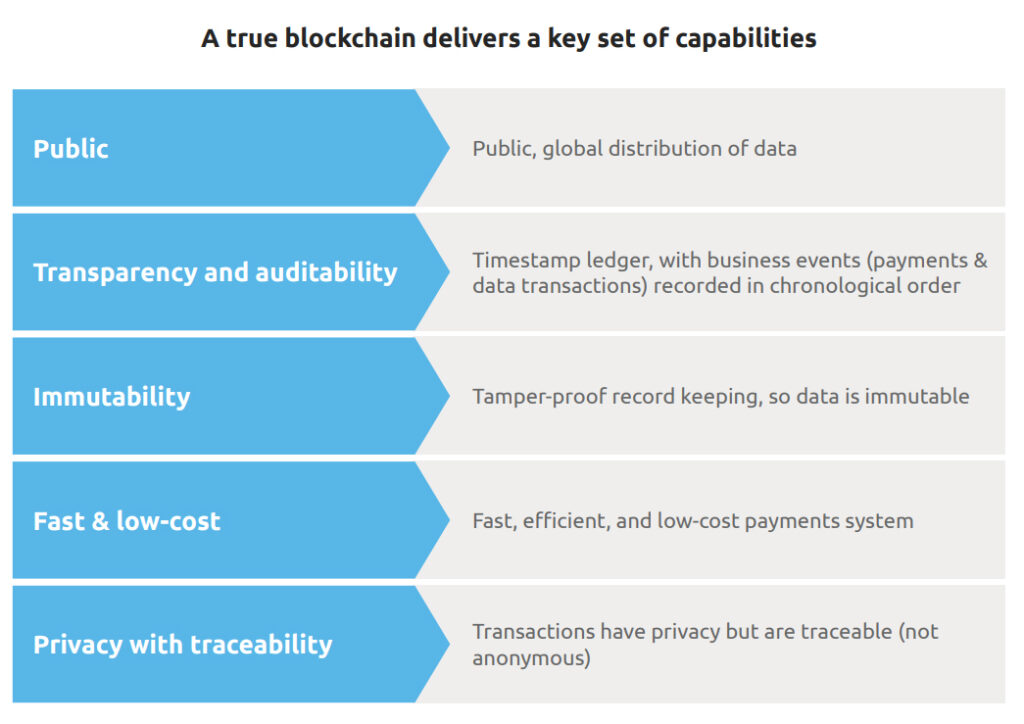
Investing in blockchain: Better data for a better world (eBook)
As you may have heard, blockchain technology is the next major technology leap of our lives since the Internet, but most people don’t fully understand why.
The answer lies in data and the ability for blockchain to create a better world by better optimising, managing access to and monetising it.
Our ‘Investing in blockchain: better data for a better world’ eBook will let you discover:
- The traditional problems with data
- Blockchain’s solution to traditional problems with data
- Use cases of blockchain solutions to data problems
- Why the BSV blockchain is best to implement a blockchain solution
